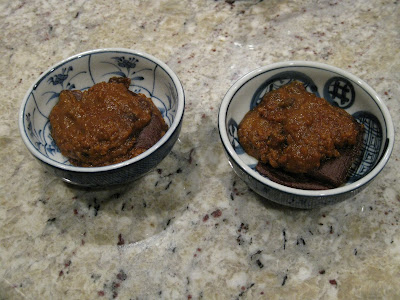Have you ever wondered how Wonder, Oregon got its' name?
It all started when John Thomas Roberson, his wife Anna, and Anna's daughter Ella Daveler, moved to the Slate Creek area in Josephine County from Texas sometime before 1900. When the Roberson's first moved here, John bought some land and started farming.
John was born April 28, 1857 in Fayetteville, Arkansas, but by 1880 the family had moved to McCulloch, Texas where John's father Robert was a farmer and John was raised stock.
He married Anna in 1889. "Annie," as Anna liked to be called, had been widowed in 1885 and was left to raise her four year-old Ella on her own.
Around 1902 John decided to open a general store, a couple miles south of current day Wilderville. The inhabitants of the sparsely populated community wondered were his customers were going to come from.
Hearing folks speculate about his business decision, Mr. Roberson decided to name his establishment "Wonder Store." The name must have caught on, because soon the United States Postal Service used the name Wonder for the name of the post office established there in 1903.
 | |
| I wonder if that is Mr. Roberson standing in front of the post office? |
Mr. Roberson became the first Postmaster for Wonder, Oregon. In addition to running his store, and serving as postmaster, he was also a correspondent for the Rogue River Courier (now the Grants Pass Daily Courier).
Sometime between 1920 and 1930 Mr. Roberson sold the "Wonder Store," and went back to farming.
 | |
| photo courtesy of Jean Boling. |
John Thomas Roberson and his beloved wife Anna were laid to rest in the Wilderville cemetery in 1934. John died on April 5th, and less than month later on May 1st Annie also died.
Do you need a photo or information about a cemetery or grave in Josephine County? Just fill out the Society's "Cemetery Crawler" form.


























